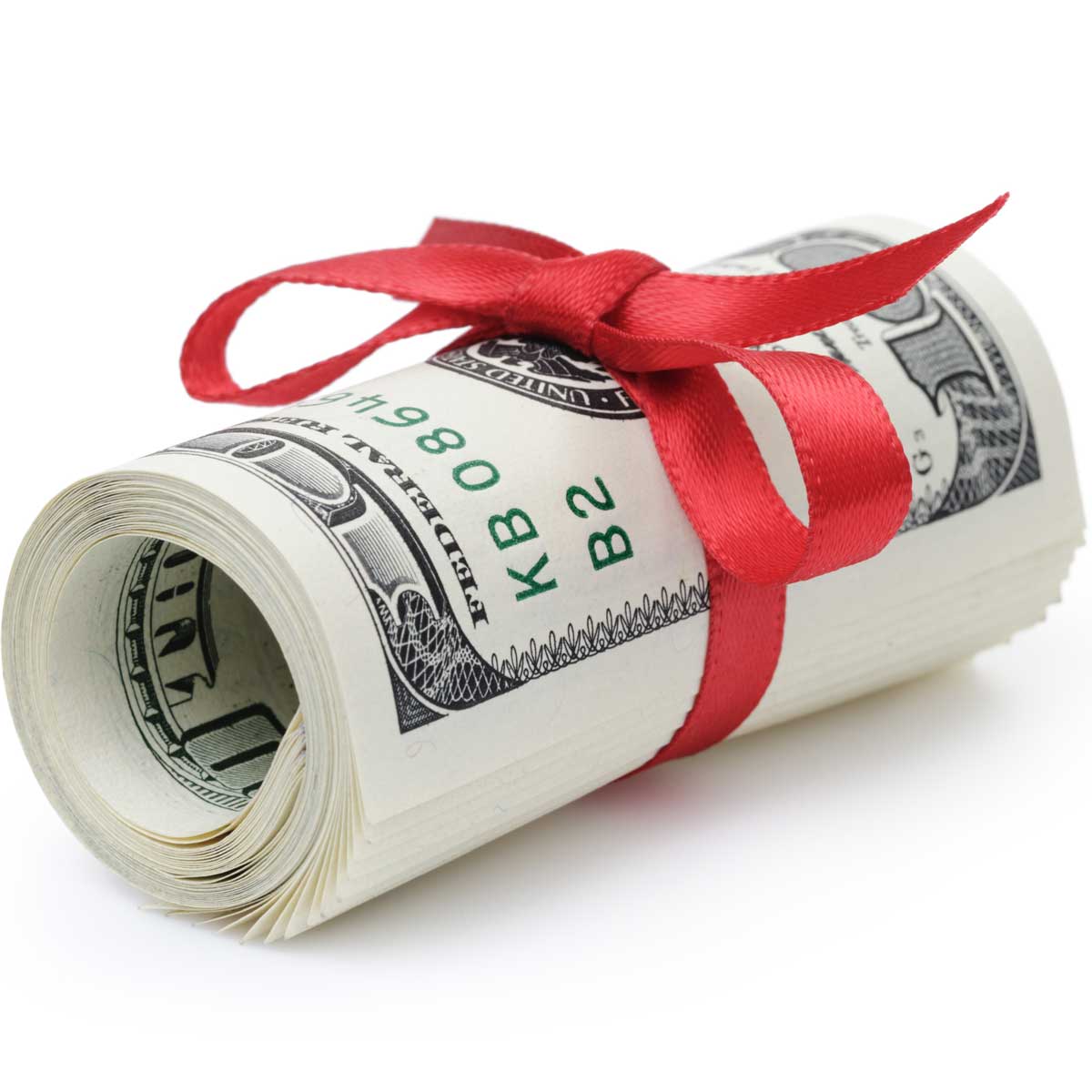This website uses cookies so that we can provide you with the best user experience possible. Cookie information is stored in your browser and performs functions such as recognising you when you return to our website and helping our team to understand which sections of the website you find most interesting and useful.
SBA Releases Forgiveness Application Form for PPP Loans

WATCH OUR WEBINAR ON LOAN FORGIVENESS HERE
The recent CARES legislation was designed to provide an economic stimulus during the Coronavirus pandemic. One of the pillars of the CARES bill was the introduction of the Paycheck Protection Program (PPP) loans. These loans were established to provide working capital to borrowers so they could continue to pay their employees during the pandemic.
A key feature of the PPP loans was loan forgiveness, the opportunity for borrowers to have their loans forgiven if they spend the loan borrowings on certain items during an eight-week period. Congress dictated that the PPP loan must be spent on the following items to obtain loan forgiveness:
- Payroll;
- Interest on business loans;
- Lease payments; and
- Utilities
Of these items, Congress felt that payroll should be the focus to permit forgiveness for the borrower. The SBA established a limitation that 75% of the loan amounts must be used for payroll costs, and no more than 25% could be used for non-payroll costs (interest, rent, and utilities). These were the general parameters; however, borrowers wanted more specifics. The clock was ticking on the eight-week period, and the SBA was late in providing guidance on how the PPP loan forgiveness would work.
Much of the earlier SBA guidance on PPP loans was in the form of FAQs or “Interim Final Rules,” and borrowers were expecting more of this type of guidance. However, on May 15, the SBA issued a loan forgiveness application form that provided much of the details for borrowers. This application form and related instructions were the details borrowers were waiting for to assist them in navigating the eight-week period to maximize their loan forgiveness. While this guidance was welcomed by borrowers, there are still many uncertainties and questions—hopefully the SBA will offer additional guidance soon.
Here are some highlights of what the SBA provided in this loan forgiveness application form:
- The application form, SBA Form 3508, consists of three parts: (1) the PPP Loan Forgiveness Calculation Form; (2) PPP Schedule A; and (3) the PPP Schedule A Worksheet. Each of these forms involve detailed calculations with specific instructions to follow, and the forms flow from one to the other.
- The part of the CARES law dealing with loan forgiveness indicated that it applied for “costs incurred and payments made during the covered period” for the above indicated expenses. There was uncertainty how this would be interpreted by the SBA. In the forgiveness application form, the SBA defined “incurred and paid” to allow, with certain limitations, both expenses paid and incurred in this eight-week period.
- The application form introduced a new “Alternative Payroll Covered Period” that permits a borrower to sync up the eight-week period with the own borrower’s payroll period.
- The application form deals with a key aspect of the payroll factor involving definition and treatment of FTEs (full-time equivalent employees). The form established 40 hours as the level for a full-time employee. The calculations related to the adjustments: (1) for full-time equivalent employees; and (2) for the comparable wages are involved, but provide some options to help borrowers in some situations when trying to maximize their loan forgiveness.
- Borrowers hoping to pay bonuses to owners (or employees with annual compensation above $100,000) to maximize their loan forgiveness will find there are certain restrictions and limitations in the worksheets.
- The application form also indicates that for rent (a non-payroll cost), this expense is allowed for leases of both real and personal property. Remember, however, this applies only to leases that were in effect as of February 15, 2020. It is unclear how a lease renewal or modification will be treated.
There are many other items found in this forgiveness application for borrowers to consider. There will be some situations that are not clearly defined or addressed in the application, and hopefully the SBA will offer additional guidance to clarify these matters. Borrowers should be diligent to learn the rules spelled out in the application and then gather the required documentation that must be submitted with the application. Please contact your Sikich advisor if you have any questions or need any assistance.
This publication contains general information only and Sikich is not, by means of this publication, rendering accounting, business, financial, investment, legal, tax, or any other professional advice or services. This publication is not a substitute for such professional advice or services, nor should you use it as a basis for any decision, action or omission that may affect you or your business. Before making any decision, taking any action or omitting an action that may affect you or your business, you should consult a qualified professional advisor. In addition, this publication may contain certain content generated by an artificial intelligence (AI) language model. You acknowledge that Sikich shall not be responsible for any loss sustained by you or any person who relies on this publication.




